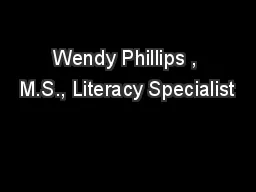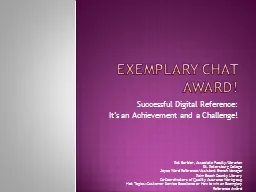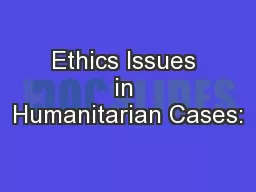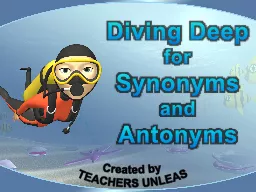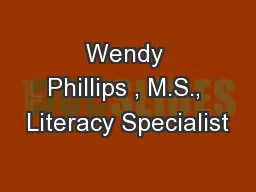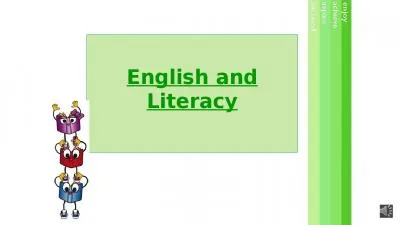PPT-Wendy Phillips , M.S., Literacy Specialist
Author : yoshiko-marsland | Published Date : 2019-12-11
Wendy Phillips MS Literacy Specialist Coordinator of Reading Lynn Everett Coordinator of Inclusive Practices Margaret Vaughan Coordinator of ECSE Services Virginia
Presentation Embed Code
Download Presentation
Download Presentation The PPT/PDF document "Wendy Phillips , M.S., Literacy Speciali..." is the property of its rightful owner. Permission is granted to download and print the materials on this website for personal, non-commercial use only, and to display it on your personal computer provided you do not modify the materials and that you retain all copyright notices contained in the materials. By downloading content from our website, you accept the terms of this agreement.
Wendy Phillips , M.S., Literacy Specialist: Transcript
Download Rules Of Document
"Wendy Phillips , M.S., Literacy Specialist"The content belongs to its owner. You may download and print it for personal use, without modification, and keep all copyright notices. By downloading, you agree to these terms.
Related Documents

